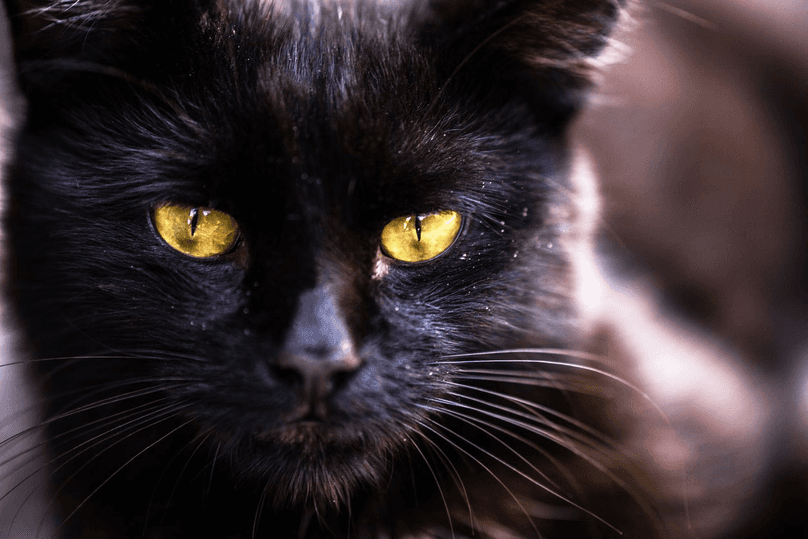
Q:I recently adopted a handsome orange male tabby cat named Henry. At night, his eyes are luminescent, reflecting a variety of bright colors. Is he unusual, or do all cats’ eyes shine in the dark? What causes this magic?
A:Henry’s magic glow arises from the “tapetum lucidum,” Latin for “bright tapestry.” It’s a thick layer of iridescent cells behind the cat’s retina. Like a mirror at the back of the eye, the tapetum lucidum reflects light back onto the retina, increasing the light that hits it.
The tapetum lucidum, a structure common to animals that hunt after dark, gives cats their superior night vision. Human eyes don’t have this layer.
A kitten’s tapetum lucidum is blue-gray at birth, transitions to blue by four months and matures to yellow, orange or green. Less often, the adult tapetum is blue, red or multicolored. If you look closely, you may discover that each of Henry’s eyes reflects a different color.
Blue-eyed cats often lack color in the tapetum, so their eyes reflect the red blood vessels in the retina, just like human eyes when a camera flashes at the right angle.
The tapetum lucidum is just one reason cats see so well at night. Because they have much larger corneas and pupils than humans, seven times more light enters a cat’s eye than a human’s.
In addition, feline retinas have more rods than cones and three times as many rods as humans. Rods are the photoreceptors that function in dim light and sense movement, while cones detect color.
The tapetum lucidum, the iridescent reflector in the back of the feline eye, is not only beautiful but also functional. That’s magical, indeed.